Vintage Telephone. Remember these things? Did you ever chew the cord while chatting? 47,100 ppm Lead! [90 is unsafe.]
How much Lead did this phone have exactly?
When tested with an XRF instrument, the vintage telephone (made in Holland) pictured here had the following readings:
The curly cord connecting the phone’s handset to the base:
- Lead (Pb): 47,100 +/- 1,600 ppm
- Cadmium (Cd): 46 +/- 18 ppm
- Mercury (Hg): ND (Non-Detect)
- Barium (Ba): ND (Non-Detect)
- Chromium (Cr): ND (Non-Detect)
- Antimony (Sb): ND (Non-Detect)
- Selenium (Se): 124 +/- 47 ppm
- Gold (Au): 278 +/- 95 ppm
- Titanium (Ti): 316 +/- 70 ppm
All tests were done for a minimum of 60-seconds using a Niton XL3T XRF instrument in “Consumer Goods” mode. Test results are science based and replicable. Test were repeated multiple times to confirm the levels. All metals detected by the XRF instrument in Consumer Goods mode are listed above.
This phone is now in my “Museum of Lead”. It belonged to our good family friend, Chuck and he gave it to me recently as a gift (to add to my collection of Leaded junk!)
Is this a lot of Lead? Why is this a problem?
For context, the amount of Lead that is considered unsafe in an item newly-manufactured (in 2019), and intended for use by children is anything 90 ppm Lead in the paint or coating or anything 100 ppm Lead in the substrate.
While one could argue that a vintage phone (c. 1950) was not necessarily an “item intended for use by children” it is most definitely an item that children up until recent decades used on a regular basis. I personally can remember HOURS upon HOURS (hundreds of hours?) sitting on the kitchen floor (actually more often lying on my back on the kitchen floor in the doorway – with my legs up against the kitchen wall extending up to the phone that was mounted on the wall) while I talked to my boyfriends (in high school) until 1 or 2 or 3 in the morning!
The entire time we would be talking on the phone I would be fiddling with a curly telephone cord that looked very much like this one. I definitely remember chewing on these curly cords at some point too — although I cannot pinpoint how old I was when I did that / how long ago that memory is from!
But come on, is this still a problem? In 2019?
Of course I was born in 1969, and this sort of thing does not present a problem to most families with young children today. (How many of us even has a landline anymore?) There is a major exception to that however: vintage phones repurposed — as “toys” (or “curiosities“)! I cannot tell you how many times I have seen vintage phones (fully intact, with handsets and their original curly [leaded] cords) being used in the following settings:
- Daycares (as a toy)
- Grandma’s house (again in the toy box)
- Take-apart rooms in schools (where kids are given the opportunity to disassemble older electronics in an effort to encourage scientific inquiry / learning how things work.)
- Toy areas in cafes, or doctors’ waiting rooms or other similar situations like this.
Additionally important to note: I have tested NEWLY MANUFACTURED cords like this – as recently as two years ago (2017) – that are still being made with high levels of Lead.
PLEASE don’t let your children play with vintage phones (or any phone – even new phones – that have a cord like this). It’s truly not worth the exposure risk, given the likelihood of young children putting the cord in their mouth or touching/handling it a lot – like a “fidget”.
These vintage phones are especially a concern – given the average date of manufacture of these items and the fact that the Lead levels are so high, combined with the fact that the materials (the plastics and rubbers, etc.) are definitely deteriorating to some degree at this point in the life (“advanced age“) of the object.
Do cell phones have Lead?
That said, a question about which you are probably curious right about now is whether cell phones contain Lead. I have never once tested a cell phone that was positive for Lead (in any accessible components) — and I have tested probably hundreds of cell phones, from all sorts of manufacturers and brands over the years.
I will be expanding this post shortly, to share additional XRF test results for the other components of this phone (the connection cord, the handset, the metal of the base on the bottom of the phone, the plastic of the base of the phone, the white plastic PTT logo area of the phone, the feet mounted on the bottom of the phone – see additional images below), but wanted to get it out there so that folks had this information right away.
As always, thank you for reading and for sharing my posts.
Please let me know if you have any questions.
Tamara Rubin
#LeadSafeMama
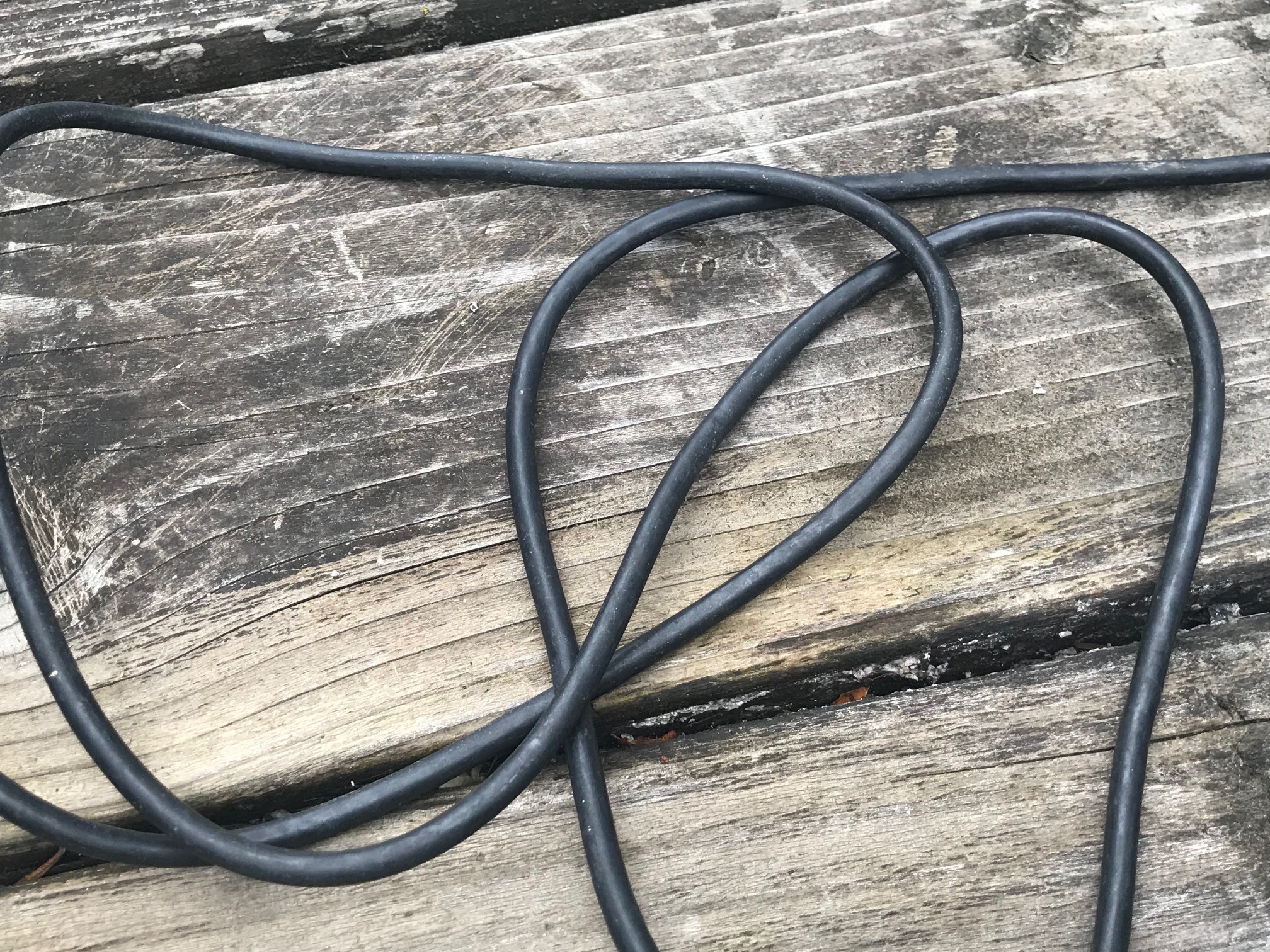
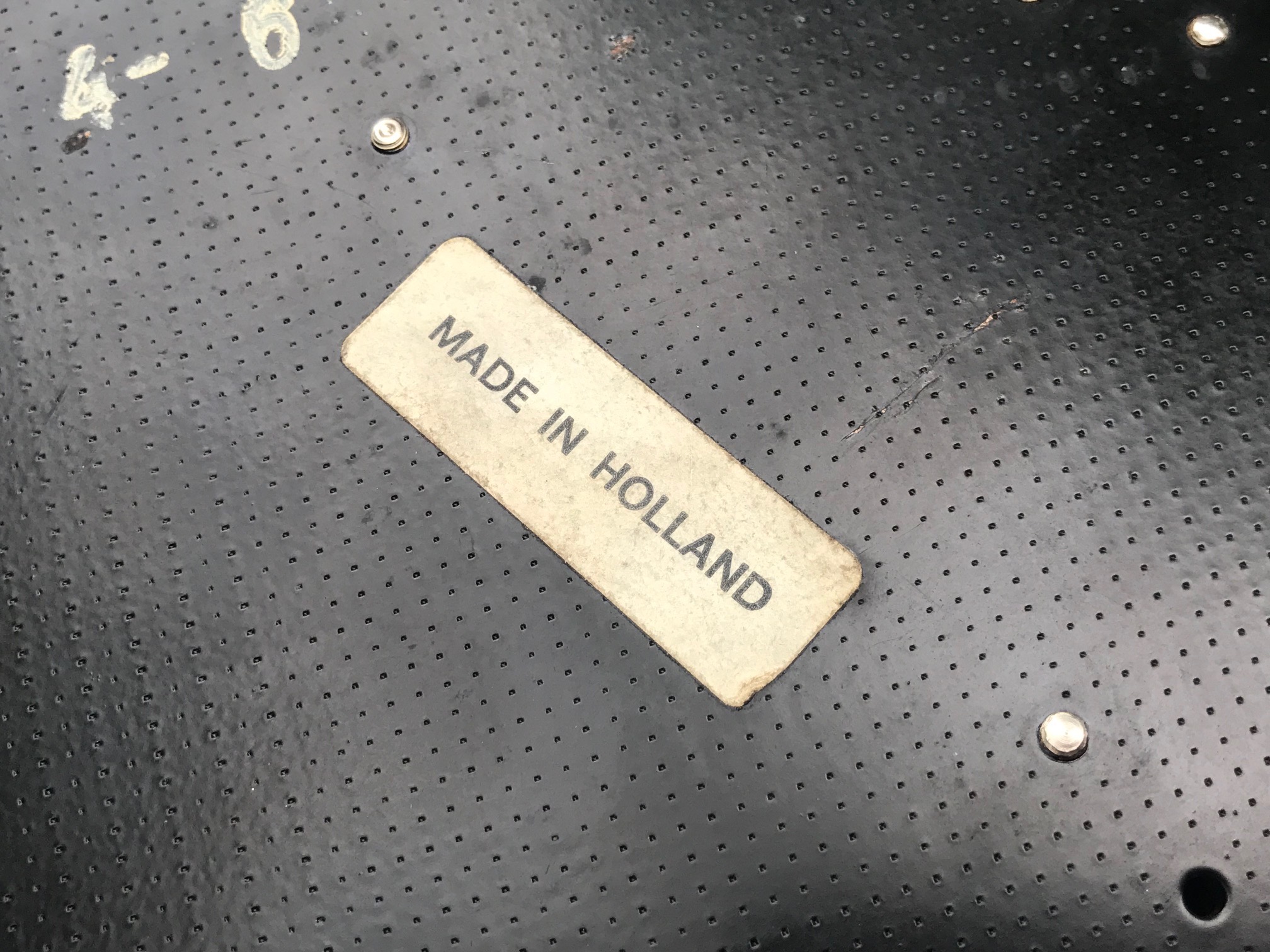
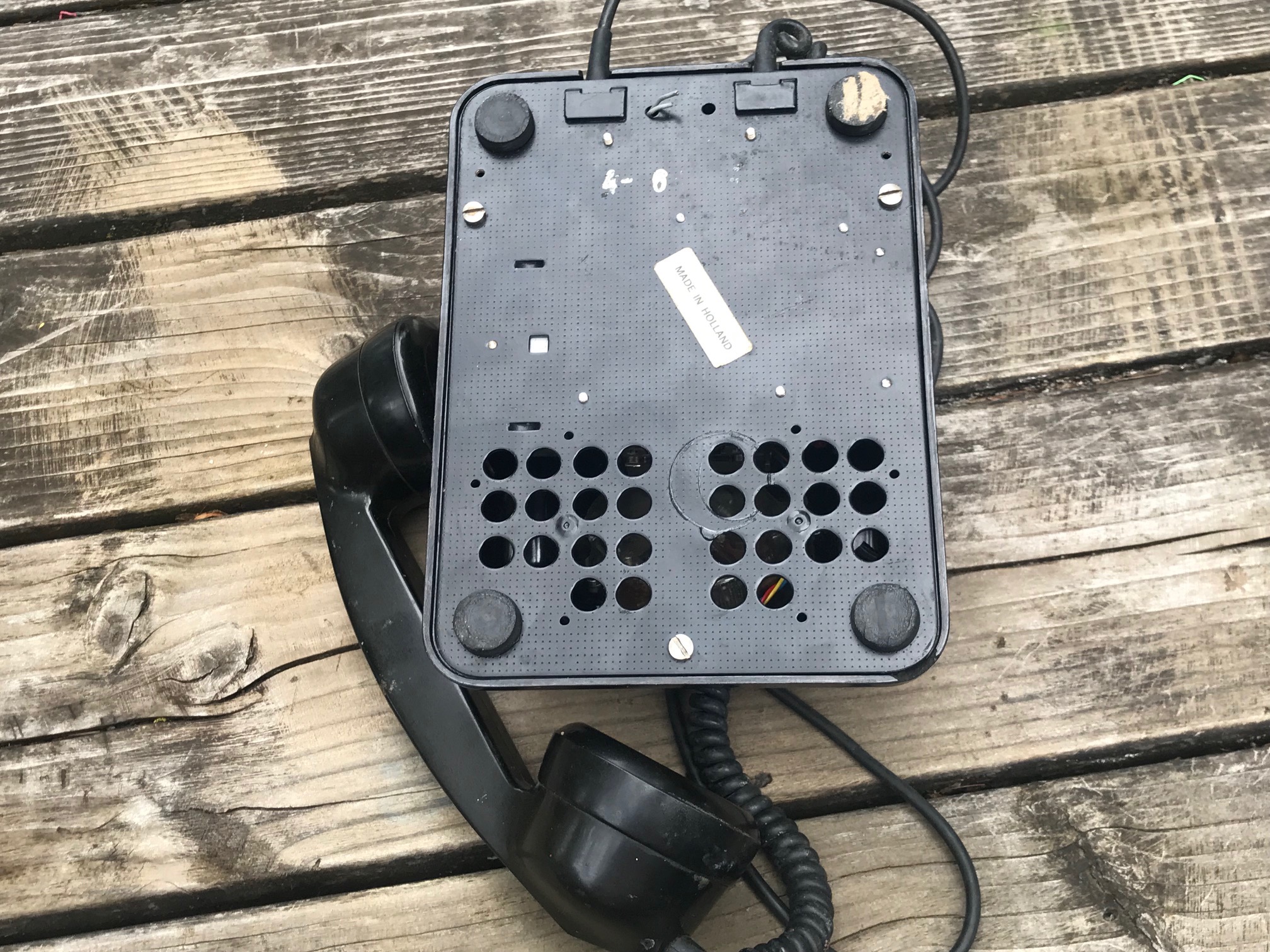
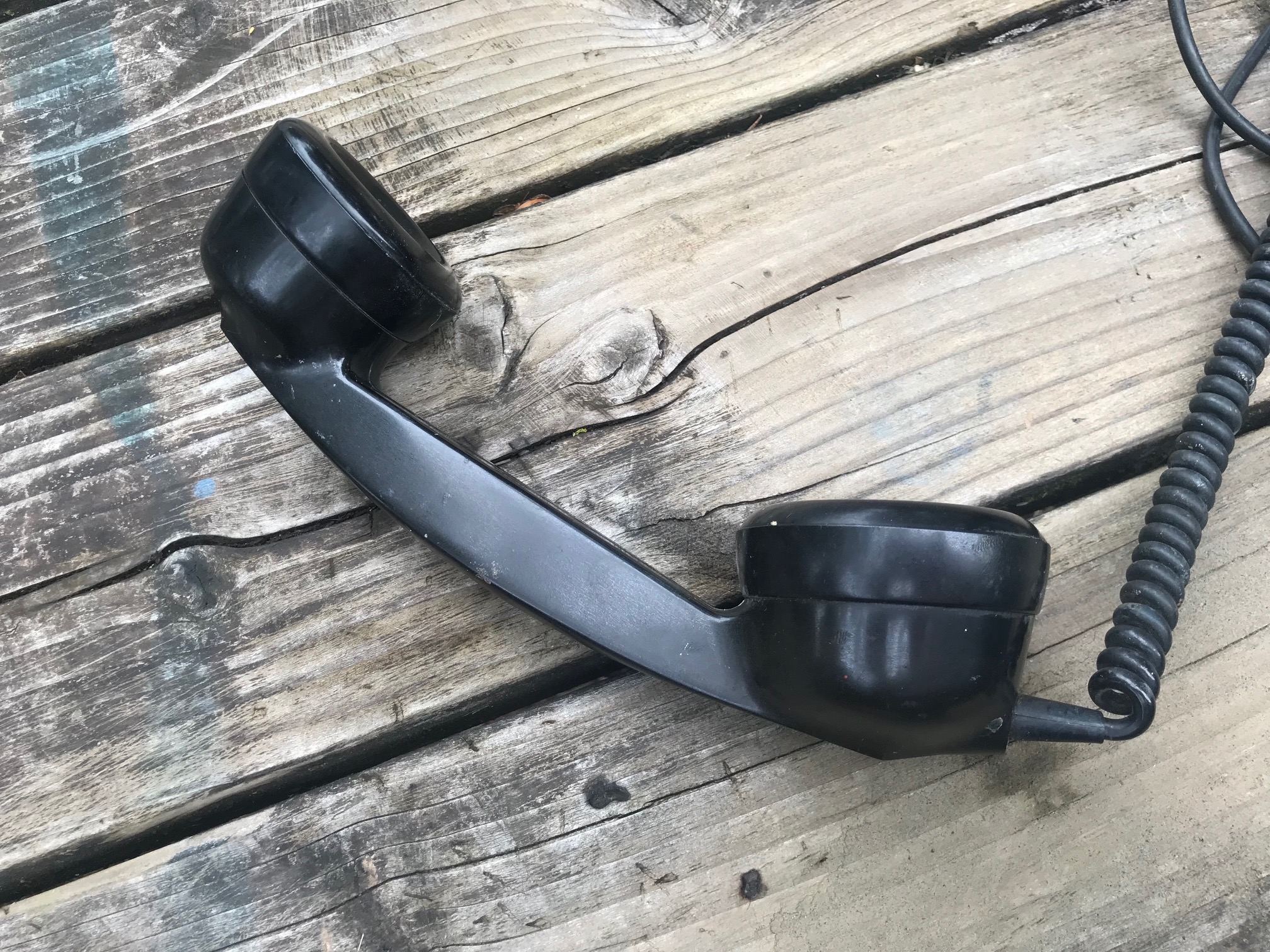
Never Miss an Important Article Again!
Join our Email List


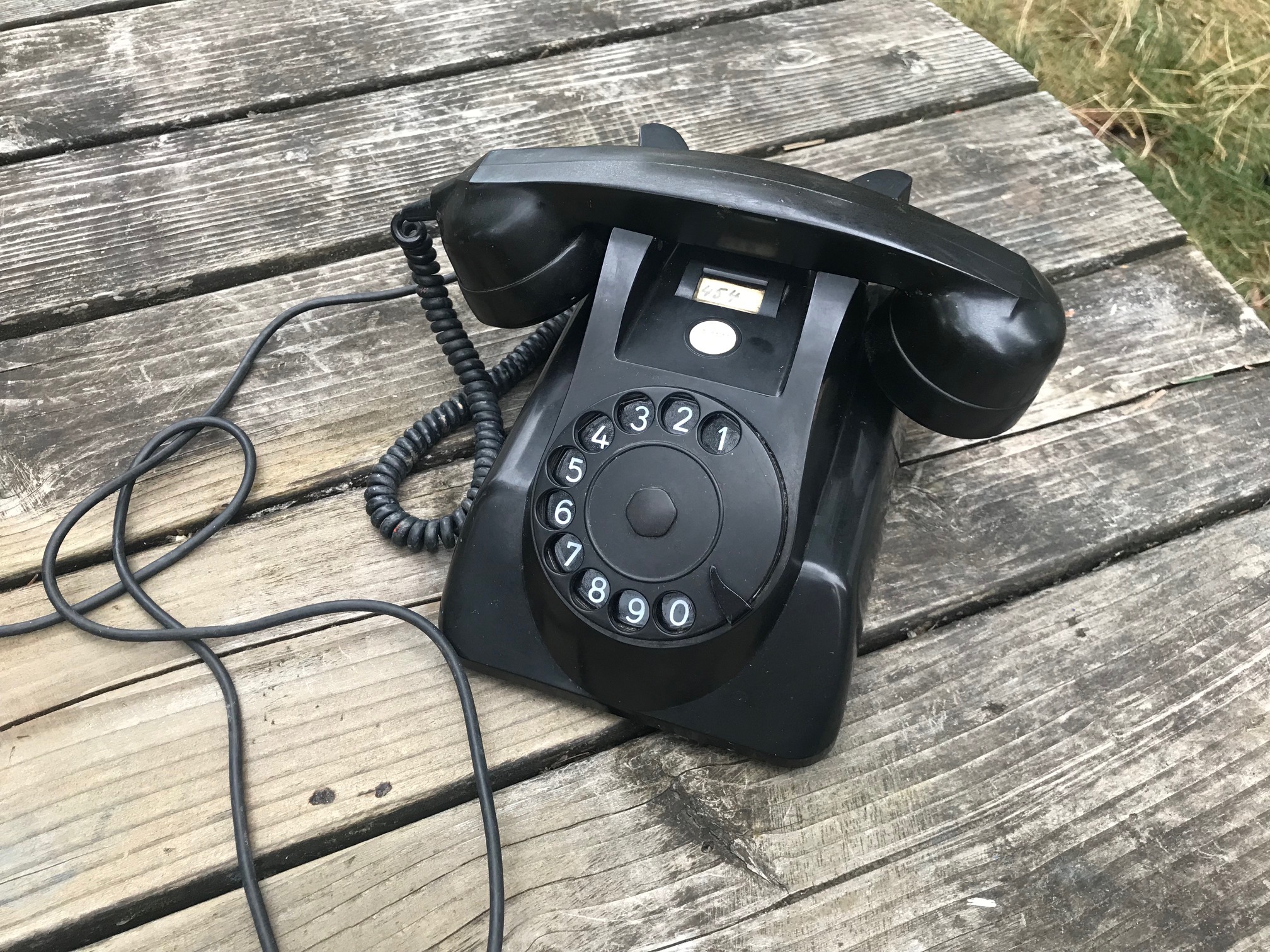
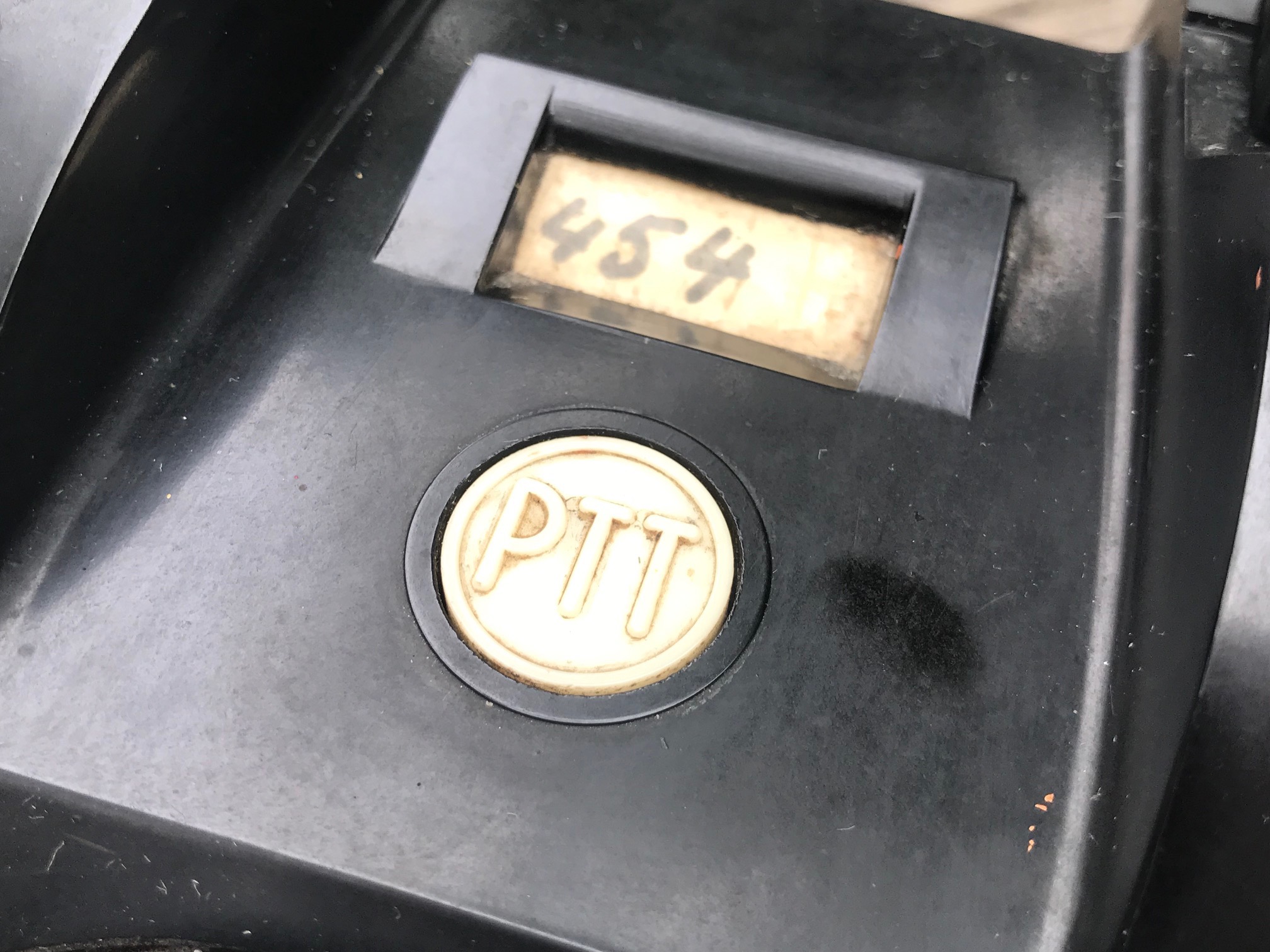

Ok, i am officially bummed. First my Pyrex and now my phone. I looked long and hard for my vintage phone because I’m wanting our family to get away from the RF/EMF loaded cell phones. My cord is a straight one, not spiral, do you know if that makes a diff? Interested in seeing the rest of your findings on this.
I too am working on getting land lines reestablished in my 1974 vintage home for phone and ethernet. Would covering the curly cord with a fabric sleeve work? Picture a long scrunchy! I am also looking into the air tube head sets, which would reduce both head emf exposure and hand contact with the phone.
I have the old black phone your shell with just the numbers I also have one of the plastic cream colored ones that your show. Both are just sitting on a shelf of all the things that I have. Is it the touching of the cords and the item that you’re concerned about the lead or can the lead just be in the air because you own it